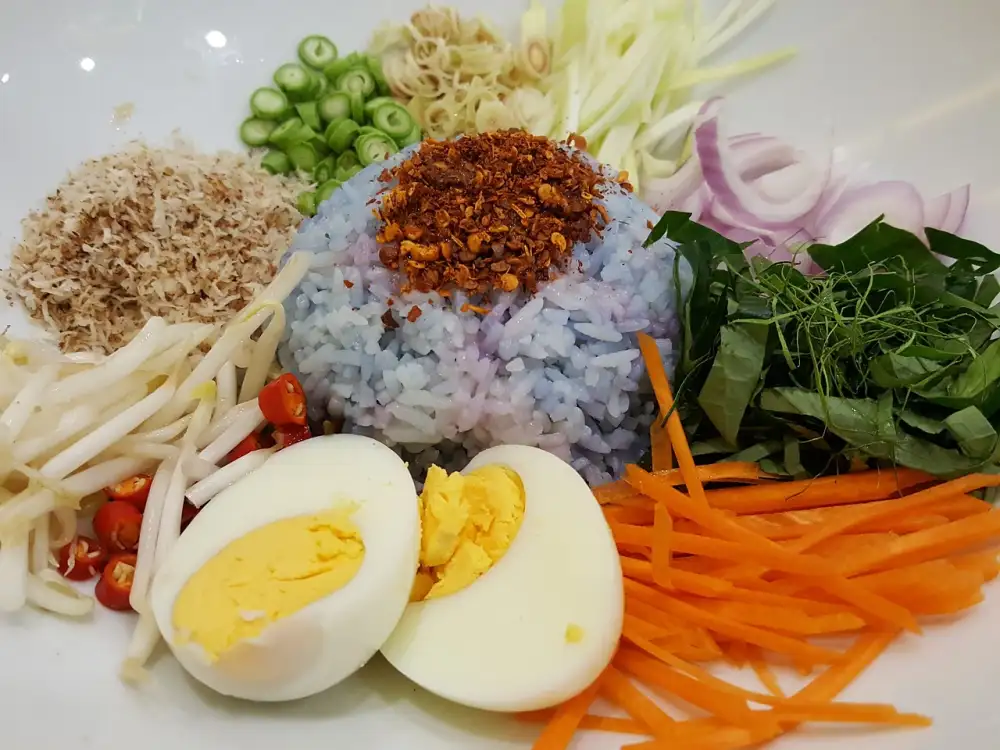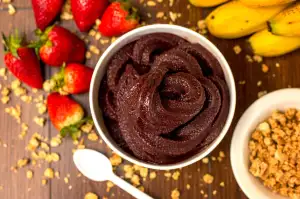Rice Salad Recipe: A Delicious Twist on Classic Salads

Rice salad is a delightful twist on classic salads that brings a unique flavor and texture to your plate. It combines the goodness of rice with an array of fresh vegetables, herbs, and dressing to create a satisfying and refreshing dish. Whether you're looking for a light lunch, a side dish for dinner, or even a picnic treat, rice salad is the perfect choice. Its versatility allows you to experiment with different ingredients and flavors, making it suitable for any occasion. So let's dive into the world of rice salad and discover how this simple yet delicious dish can elevate your dining experience.
Benefits of Rice as a Main Ingredient
Rice is not only a staple food in many cultures, but it also offers numerous benefits as a main ingredient in salads. Firstly, rice is a great source of energy due to its high carbohydrate content. This makes it an ideal choice for those looking to fuel their bodies before or after physical activity. Additionally, rice is gluten-free, making it suitable for individuals with dietary restrictions or sensitivities. Furthermore, rice is low in fat and cholesterol, making it a healthy option for those watching their weight or trying to maintain a balanced diet. Lastly, rice is rich in vitamins and minerals such as vitamin B, iron, and magnesium, which are essential for overall health and well-being. Incorporating rice into your salad not only adds texture and flavor but also provides these nutritional benefits.
Essential Ingredients for a Delicious Rice Salad
To create a mouthwatering rice salad, it is important to have the right ingredients. Here are the essentials:
1. Rice: Choose a variety that suits your taste, such as long-grain, basmati, or wild rice. Cook it according to package instructions and allow it to cool completely.
2. Vegetables: Add a burst of color and freshness with an assortment of vegetables. Popular choices include diced cucumbers, bell peppers, cherry tomatoes, shredded carrots, and sliced radishes.
3. Protein: Enhance the nutritional value of your salad by including protein-rich ingredients like cooked chicken breast, grilled shrimp, canned tuna, or boiled eggs.
4. Herbs and Spices: Fresh herbs like basil, cilantro, or mint can elevate the flavors of your rice salad. Sprinkle some spices such as cumin or paprika for an extra kick.
5. Dressing: A flavorful dressing ties all the ingredients together. Opt for a light vinaigrette made with olive oil, lemon juice or vinegar, and seasonings like garlic or Dijon mustard.
Remember to adjust the quantities based on personal preferences and dietary restrictions. With these essential ingredients in hand, you are ready to create a delicious rice salad that will leave your taste buds satisfied!
Step-by-Step Instructions for Making Rice Salad
1. Cook the rice: Start by cooking your desired amount of rice according to the package instructions. Once cooked, let it cool completely before proceeding.
2. Prepare the vegetables: Chop a variety of colorful vegetables such as bell peppers, cucumbers, tomatoes, and carrots into small bite-sized pieces. You can also add ingredients like corn kernels or peas for added texture.
3. Mix the dressing: In a separate bowl, whisk together olive oil, lemon juice, minced garlic, salt, and pepper to create a tangy dressing. Adjust the seasonings according to your taste preferences.
4. Combine everything: In a large mixing bowl, combine the cooled rice and chopped vegetables. Pour the dressing over the mixture and gently toss until all ingredients are well coated.
5. Add additional flavors: To enhance the flavor profile of your rice salad, consider adding herbs like fresh basil or cilantro. You can also incorporate some crumbled feta cheese or toasted nuts for added crunch.
6. Let it chill: Cover the bowl with plastic wrap and refrigerate for at least an hour to allow the flavors to meld together and for the salad to chill.
7. Serve and enjoy: Once chilled, give your rice salad a final toss before serving it as a refreshing side dish or even as a light main course. Garnish with additional herbs or a squeeze of lemon juice if desired.
With these simple steps, you can easily create a delicious and satisfying rice salad that is bursting with flavors and textures.
Variations and Additions to Customize Your Rice Salad
One of the best things about rice salad is its versatility. You can easily customize it to suit your taste preferences and dietary needs. Here are some ideas for variations and additions to take your rice salad to the next level.
1. Protein Power: Add grilled chicken, shrimp, or tofu for a protein-packed meal. This will not only make your salad more filling but also add a delicious flavor.
2. Veggie Delight: Mix in an assortment of colorful vegetables like bell peppers, cucumbers, cherry tomatoes, and carrots. Not only will this add crunch and freshness, but it will also boost the nutritional value of your salad.
3. Fruity Twist: For a touch of sweetness, try adding diced fruits like mangoes, pineapples, or apples. The combination of sweet and savory flavors will create a delightful balance.
4. Nutty Crunch: Enhance the texture by tossing in some toasted nuts such as almonds, walnuts, or cashews. They will provide a satisfying crunch and add extra richness to your salad.
5. Herb Infusion: Experiment with different herbs like basil, cilantro, mint, or dill to infuse your rice salad with aromatic flavors. Fresh herbs can elevate the taste profile and make your dish more vibrant.
Remember that these are just suggestions; feel free to get creative with your own additions and combinations. The key is to have fun while exploring various flavors and textures that complement each other well in your rice salad creation!
Tips for Serving and Storing Rice Salad
1. Serve chilled: Rice salad is best enjoyed when it is chilled. After preparing the salad, refrigerate it for at least an hour before serving to allow the flavors to meld together.
2. Garnish with fresh herbs: Before serving, add a sprinkle of fresh herbs such as parsley, cilantro, or basil on top of the rice salad. This will not only enhance the taste but also add a pop of color to your dish.
3. Pair with protein: Rice salad can be served as a main course or as a side dish. To make it a complete meal, consider adding grilled chicken, shrimp, or tofu on top. This will provide additional protein and make the salad more filling.
4. Serve in individual portions: If you are hosting a gathering or potluck, consider serving rice salad in individual portions using small bowls or cups. This makes it easier for guests to enjoy and prevents any cross-contamination.
5. Store leftovers properly: If you have any leftovers, store them in an airtight container in the refrigerator. Rice salads can be kept for up to three days but be sure to check for any signs of spoilage before consuming.
By following these tips, you can ensure that your rice salad remains delicious and enjoyable even after it has been prepared and stored. So go ahead and experiment with different ingredients and flavors to create your own unique rice salad masterpiece!
In conclusion, rice salad is a versatile and delicious dish that offers a refreshing twist on classic salads. With its numerous health benefits and ability to be customized to suit individual tastes, it is a perfect addition to any meal or gathering. Whether you prefer a light and tangy Mediterranean-style rice salad or a hearty and flavorful Asian-inspired version, the possibilities are endless. So go ahead and explore the wonderful world of rice salad, and let your taste buds embark on a delightful culinary adventure!
Published: 08. 12. 2023
Category: Recipes



